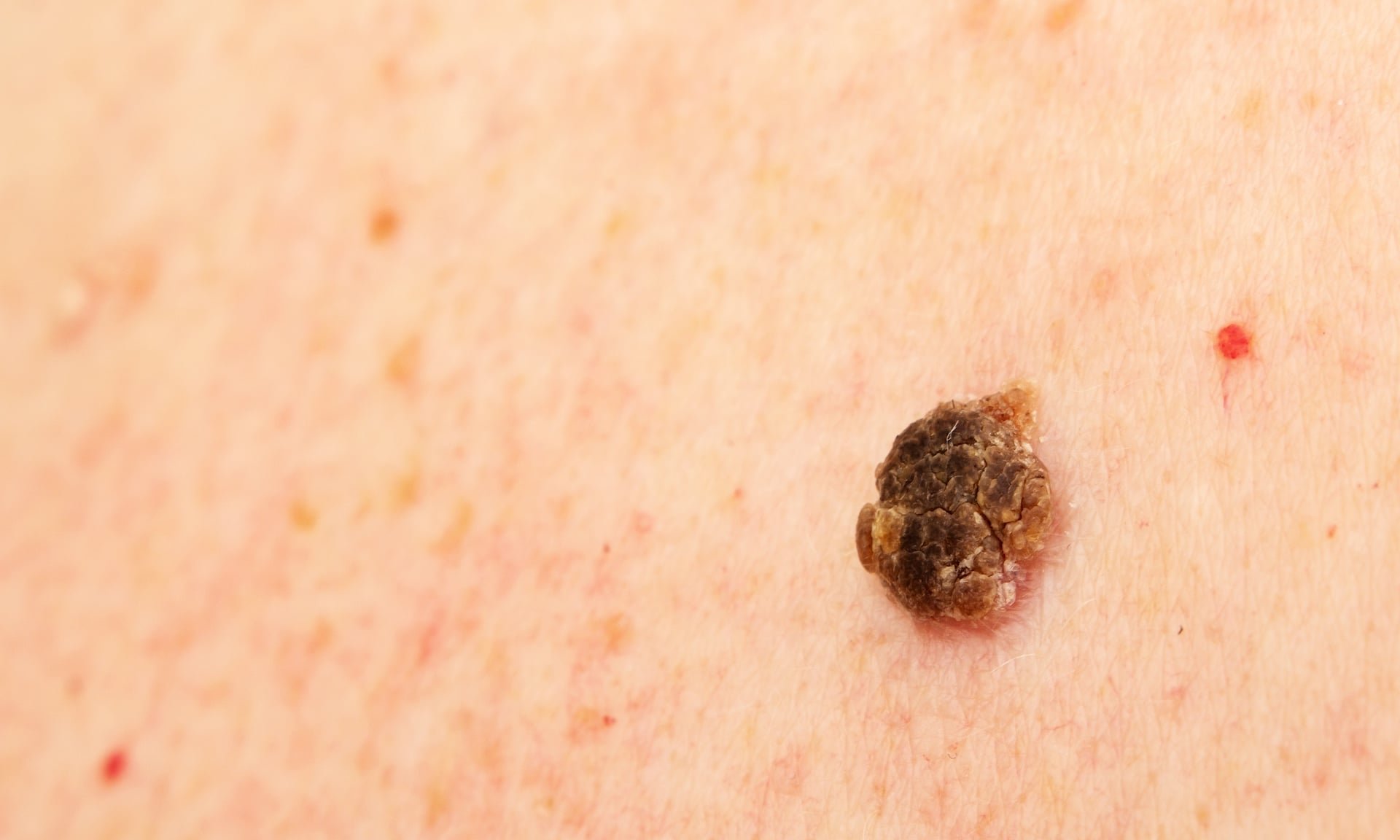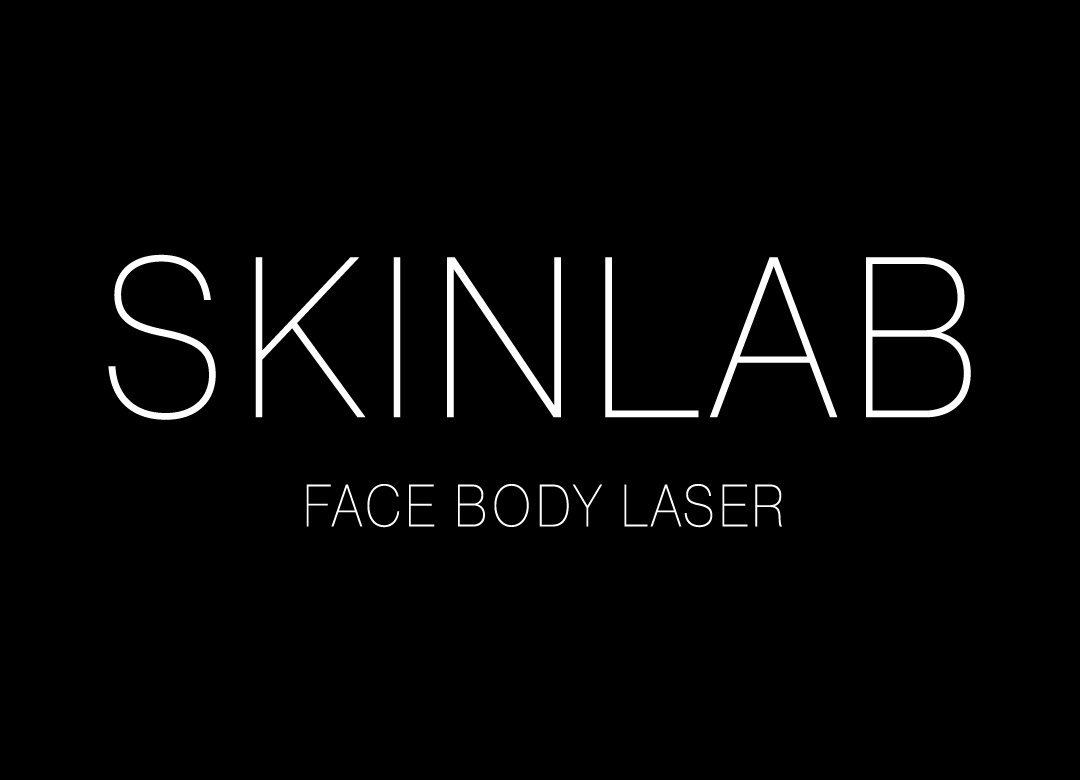
Seborrhoeic keratosis Treatment
what is Seborrhoeic keratosis?
Seborrhoeic keratosis is a common, benign skin condition that typically appears as a warty, brown or black growth. Often associated with the natural ageing process, these growths can develop on the face, chest, back, and other areas of the body. Although seborrhoeic keratoses are harmless, they can become bothersome or unsightly, and many individuals opt for removal for cosmetic reasons.
frequently asked questions about Seborrhoeic Keratosis
-
Seborrhoeic keratosis, also known as Seborrhoeic warts, is a common, benign skin growth that often appears as a warty, brown or black spot, typically as a sign of aging. These growths are non-cancerous and usually develop in people over 40, becoming more frequent with age. While the exact cause isn't fully understood, genetic factors, sun exposure, and skin friction may contribute to their development.
-
The exact cause of seborrhoeic keratosis is not fully understood, but several factors are believed to contribute to its development:
Ageing: Seborrhoeic keratosis is most commonly found in people over the age of 40, and the frequency of these growths increases with age. As part of the natural ageing process, the skin's cells may start to multiply at an accelerated rate, leading to the formation of these benign growths.
Genetics: There is a genetic component to seborrhoeic keratosis, meaning if someone in your family has them, you may be more likely to develop them as well.
Sun Exposure: While seborrhoeic keratosis is not caused by sun exposure, it tends to appear more frequently in areas that have been exposed to the sun. UV radiation may play a role in triggering the growth of these lesions, especially on the face, chest, back, and shoulders.
Skin Friction: Areas of the body that experience regular friction, such as underarms, waistlines, and skin folds, may also be more prone to developing seborrhoeic keratosis.
-
While moles and seborrhoeic keratosis are generally harmless, it's important to monitor them for any changes. At SKINLAB, we understand that accessing a GP can sometimes be difficult and that private dermatology appointments can be expensive. That’s why we offer Map My Mole to provide you with an affordable and accessible way to get your moles assessed by a UK-based dermatologist.
-
Seborrhoeic Keratosis removal with Sterex involves advanced electrolysis techniques, such as diathermy and electrocoagulation. A fine, sterile needle is inserted into the mole, and a small electrical current is applied. This process cauterises the lesion without damaging the surrounding healthy tissue, ensuring precise removal.
-
Sterex are renowned for their precision and reliability. They provide SKINLAB with the tools needed to deliver safe, effective and accurate treatments. The system's simplicity and efficiency makes it a natural choice for us.
-
Following your treatment, a soothing aftercare gel will be applied, and you’ll receive detailed aftercare instructions. It's crucial to follow these guidelines to promote optimal healing and prevent any unwanted reactions. Our team will support you with your aftercare.
-
Yes, electrolysis has been safely used for over a century. At SKINLAB, we prioritise your safety and comfort, ensuring each treatment is performed by a skilled member of our team.
See our training here.
-
Some people may experience mild discomfort, often described as a tingling or minor sting - however, the brief sensation is usually very minimal.
When performed correctly, side effects are minimal. Our team will guide you through the aftercare process to ensure the best results.
See our training here.
-
Treatment time varies depending on the number of blemishes but generally ranges from 5 to 20 minutes.
Preparation
-
For Sterex Machine Skintag Removal a consultation and patch test is required.
The cost for this is £25 but is redeemable against treatment.
-
Avoid tanning, excessive sun exposure, and applying any harsh chemicals to the area to be treated.
-
On the day of the procedure, the area around the skin tag will be cleaned and prepared.
Aftercare
-
Reddening, swelling and sensitivity of the skin in the area for up to 48 hours.
The treated area and surrounding skin may feel hot for up to 48 hours.
Pin dot crusts or small scabs may appear in the treated area.
The skin may itch as the healing process takes place.
-
Pin dot crusts or scabs may appear which seal the skin and prevent infection.
These must not be rubbed or picked off, as to do so may result in scarring.
The Crusts or scabs are tiny and often are ‘felt’ rather than ‘seen’. - Do not touch, rub or irritate the treated area.
When washing and cleansing around the area, use a gentle soap or perfume free cleanser and gently pat the area dry to avoid dislodging any crusts or scabs.
Avoid activities for 48 hours that stimulate blood flow following vascular treatments, e.g. exercise, hot showers, hot baths, hot spicy foods and alcohol.
Avoid activities for 48 hours that may irritate or dislodge any crusts or scabs, e.g. swimming, saunas, steam rooms, facial steaming, facial scrubs, waxing and other beauty treatments until the area has completely healed.
Do not fly within 48 hours following a vascular treatment. - You must keep out of UV light completely during the healing process and as much as possible thereafter.
Once healed, cover and protect sun exposed areas using a good quality, high factor sunscreen at all times, particularly in the summer months.
Avoid the possible causes of vascular blemishes, for example, wearing tight fitting glasses, squeezing spots, careless or erratic tweezing or blowing nose too vigorously.
Avoid using any possible skin sensitisers or irritants such as perfumes, fake tan products or perfumed body lotions until skin is healed.
Should you have any concerns regarding your treatment please contact the salon/clinic or your Aesthetic Electrologist™
Pricing TBC
Join the waitlist for more information
What our clients are saying
Cancellations must be received no later than 48 hours prior to the arrival date of your appointment.
Treatment deposits are non-refundable if the booking is cancelled within 48 hours of your appointment, as per our cancellation policy. However, if you wish to reschedule or cancel outside of the 48-hour period we will happily transfer your appointment or refund you the deposit amount.

Book Seborrhoeic keratosis removal
With years of experience and training, our team will develop a treatment plan that is tailored to your specific skin goals and help you achieve the results you deserve.

